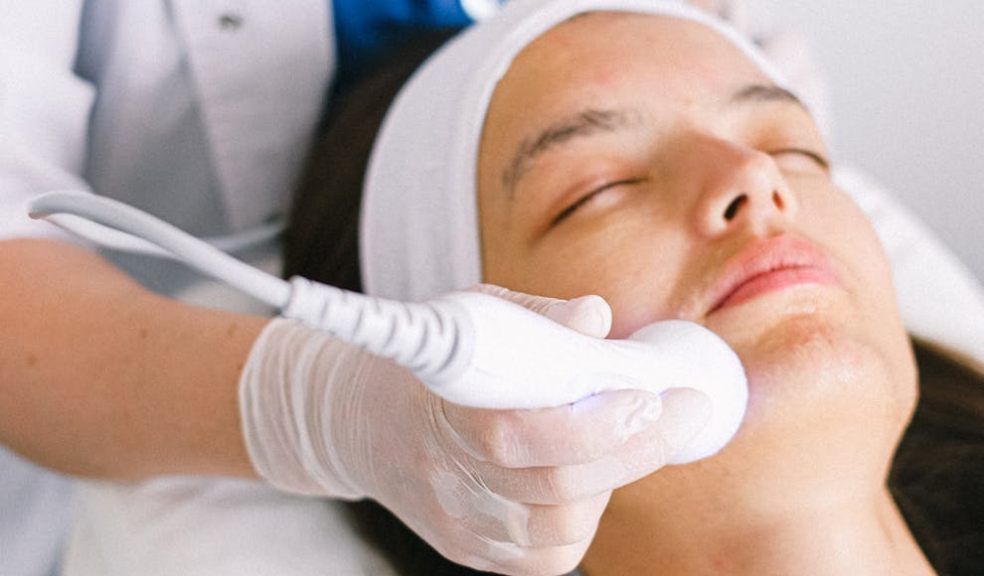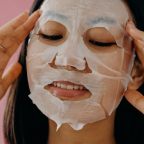
What To Know Before Trying New Beauty Treatments
Beauty and spa treatments have become more popular than ever. From facial treatments, body treatments, and hair removal to bikini wax, lash lift, and nail treatments, there’s something for everyone seeking self-care. Some people look forward to the relaxation, while others hope to address specific concerns like dullness or uneven tone. Before you book your next treatment, it’s worth knowing what to expect and how to keep your skin safe.
Know Your Skin and Body
Your skin’s condition plays a big role in how treatments perform. Dry, oily, or sensitive skin types all react differently, and even mild treatments can trigger irritation. Treatments such as anti-ageing facials or those designed for skin firming or skin strength need careful selection to avoid unwanted reactions. Always listen to your skin as it gives you clear signs of what it likes and what it doesn’t.
If you’re unsure which options suit you, talk to skincare specialists. They can assess your complexion, explain possible risks, and recommend procedures that help restore balance and brightness. This is especially important if you’re dealing with ongoing issues like acne, rosacea, or hyperpigmentation.
Research the Treatment Thoroughly
After identifying your skin’s needs, do some background research. Learn what the treatment involves, what products or technologies are used, and how long results last. Don’t rely solely on social media reviews, as these may not show the full picture. Instead, check credible resources and professional experts for detailed insights.
Some treatments, like hyaluronic acid facials or gentle skin detox sessions, require regular maintenance. Others may involve rest days or simple aftercare routines. Make sure you also research the level of comfort you can expect. Some treatments are relaxing, while others might involve mild discomfort. Knowing this ahead of time helps you plan realistically and prevents disappointment.
Once you understand how different treatments affect your skin, it’s also worth learning about specialised services such as brow care. Visiting trusted resources like London Brow Company’s website can give you a clearer picture of how professional brow shaping, lamination, and tinting are safely performed. You’ll also find expert advice on maintaining healthy brows between appointments. Exploring reputable sources like these helps you recognise skilled practitioners and avoid unsafe or poorly performed treatments.
Check the Professional’s Credentials
Before booking, make sure you’re trusting your skin with trained professionals. Look for visible licences, qualifications, and strong reviews. Below are a few points to check:
- Certification: Confirm they’re trained and licensed for the treatment you want.
- Experience: Choose someone skilled, especially for specialist techniques.
- Clinic standards: The treatment rooms should be tidy, organised, and hygienic.
- Client feedback: Reliable reviews reflect consistent results and attentive customer service.
Reputable experts follow safety standards, use luxury products, and often work in top-rated salons. Don’t hesitate to ask where they trained or what products they use. You deserve to know that your skin is in capable hands, especially for complex or high-sensitivity treatments.
Understand Costs and Maintenance
Beauty treatments are rarely one-off expenses. Many require follow-up visits or special products to maintain the effect. Always ask for a breakdown of costs, including possible add-ons like muscle relaxing massages or optional aftercare. You should also ask about cancellation policies and time between sessions to avoid scheduling conflicts.
It’s easy to get tempted by lower prices, but high-quality treatments use better tools and premium ingredients. Investing in skilled care ensures your results last longer and keeps your skin in good condition.
You can also maintain those results at home through a consistent skincare routine recommended by your professional. Think of it as an ongoing commitment to your skin’s health, not just a one-time indulgence. Saving a little upfront might lead to corrective expenses later, so aim for value, not the lowest price.
Ask Questions During Consultation
Before agreeing to anything, take time to ask questions. Find out what products are used, whether patch testing is required, and what the recovery process looks like. For example, ask how long before you can apply makeup or resume workouts. You should also discuss any past skin reactions to ensure the treatment is safe for you.
A good practitioner answers clearly and patiently. They should explain what you’ll feel during the treatment, outline possible side effects, and provide aftercare advice upfront. If they seem evasive or dismissive, consider it a sign to look elsewhere. The right professional always values your comfort and safety above making a quick sale.
Prepare for Aftercare
How you care for your skin after treatment affects both healing and results. Follow your practitioner’s advice closely and avoid anything harsh. Some treatments make your skin more sensitive, so you may need to avoid hot showers, strong exfoliants, or direct sunlight for a few days.
Here are a few easy aftercare reminders:
- Avoid sunlight: Always wear SPF to prevent irritation.
- Keep skin hydrated: Use mild moisturisers and drink plenty of water.
- Skip harsh products: Pause any chemical exfoliants or active ingredients.
- Hands off: Let your skin breathe, avoid touching or applying makeup.
It’s also wise to keep your environment clean. Change pillowcases regularly and avoid excessive sweating after certain procedures. Keeping a steady skincare routine ensures results last longer and your complexion stays clear. After all, beauty care isn’t just about looking good, it’s about feeling balanced and refreshed.
Conclusion
Every beauty journey should feel relaxing and rewarding. When you research carefully, trust qualified professionals, and follow proper aftercare, you’ll enjoy safe, satisfying results from your chosen treatment, be it a facial, massage, or spa day. Taking small, informed steps keeps your skin glowing, your confidence high, and your self-care routine meaningful.













